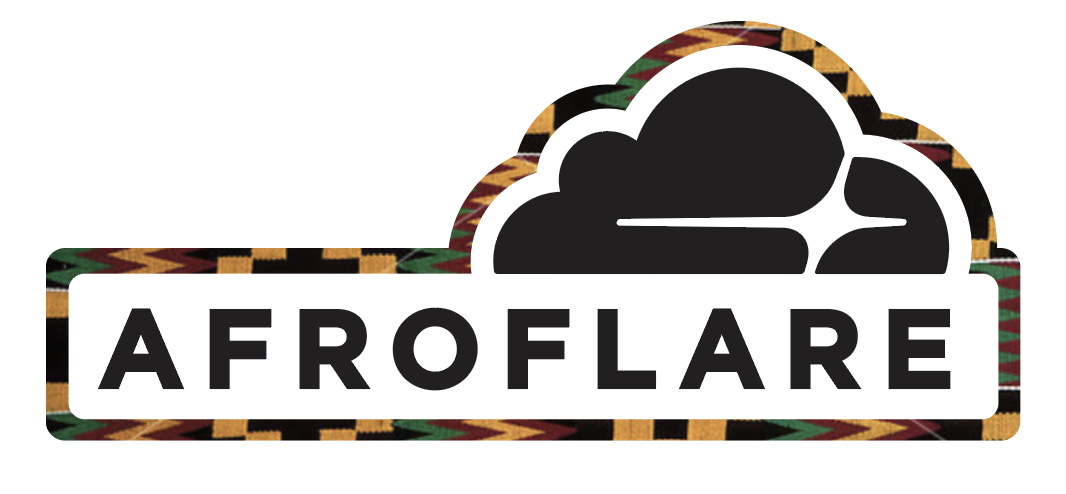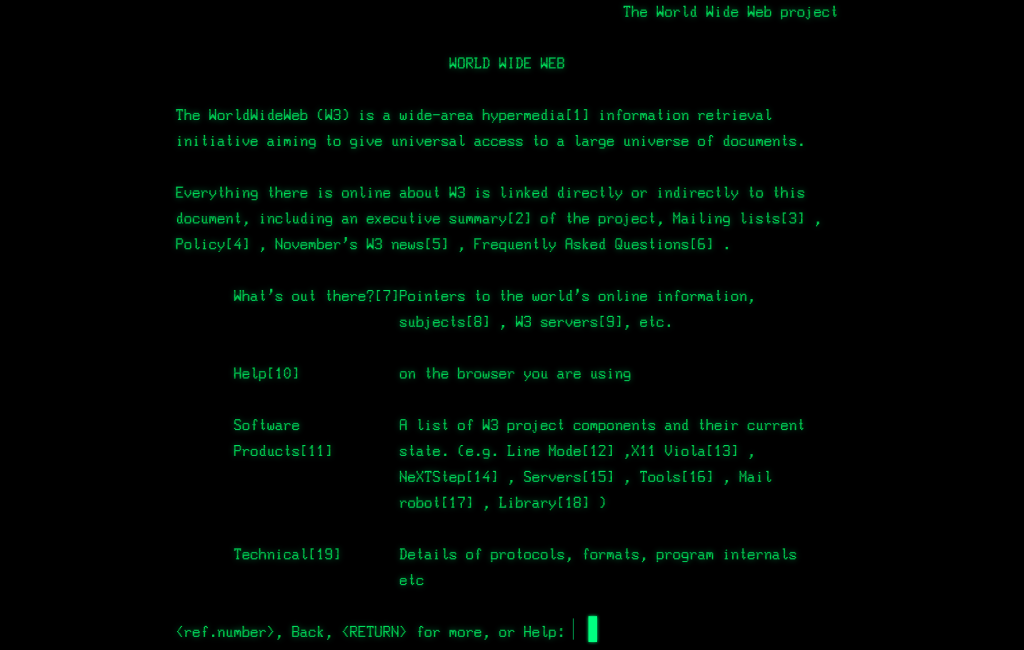Kernel of Truth season 2 episode 3: Storage solutions
Subscribe to Kernel of Truth on iTunes, Google Play, Spotify, Cast Box and Sticher!
Click here for our previous episode.
You asked for it, we listened, and now we’re delivering! This episode, host Brian calls on Pete Lumbis and special guest David Illes from Mellanox to answer a question we got on our community Slack channel: “What are middle-tier customers doing for storage of Cumulus enabled solutions?” David and Pete share not only what’s changing for middle-tier customers but also tackle the topic of storage solutions in general. What sort of things are we seeing as customers migrate to Ethernet storage? Listen and find out.
Guest Bios
Brian O’Sullivan: Brian currently heads Product Management for Cumulus Linux. For 15 or so years he’s held software Product Management positions at Juniper Networks as well as other smaller companies. Once he saw the change that was happening in the networking space, he decided to join Cumulus Networks to be a part of the open networking innovation. When not working, Brian is a voracious reader and has held a variety of jobs, including bartending in three countries and working as an extra in a German soap opera. You can find him Continue reading
 Nginx’s open-source web server for multi-cloud architecture powers more than 374 million...
Nginx’s open-source web server for multi-cloud architecture powers more than 374 million... The open source project creates the necessary tunnels and routes between Kubernetes clusters that...
The open source project creates the necessary tunnels and routes between Kubernetes clusters that... As part of the five-year deal, Aurecon will replace its Orange MPLS network with SD-WAN to increase...
As part of the five-year deal, Aurecon will replace its Orange MPLS network with SD-WAN to increase... Beyond recruitment and training, the security industry needs to retain talent. We need to take care...
Beyond recruitment and training, the security industry needs to retain talent. We need to take care... The U.S. government is pressuring Germany to ban Huawei from 5G deployments over national security...
The U.S. government is pressuring Germany to ban Huawei from 5G deployments over national security...








